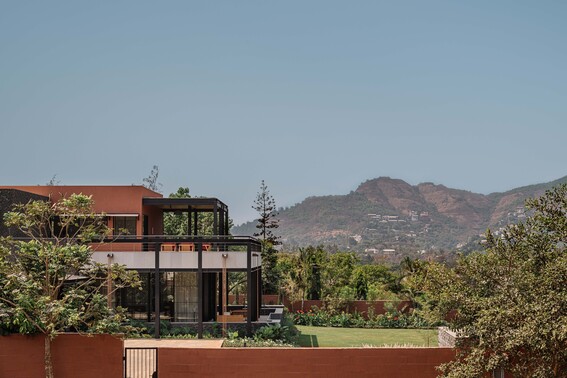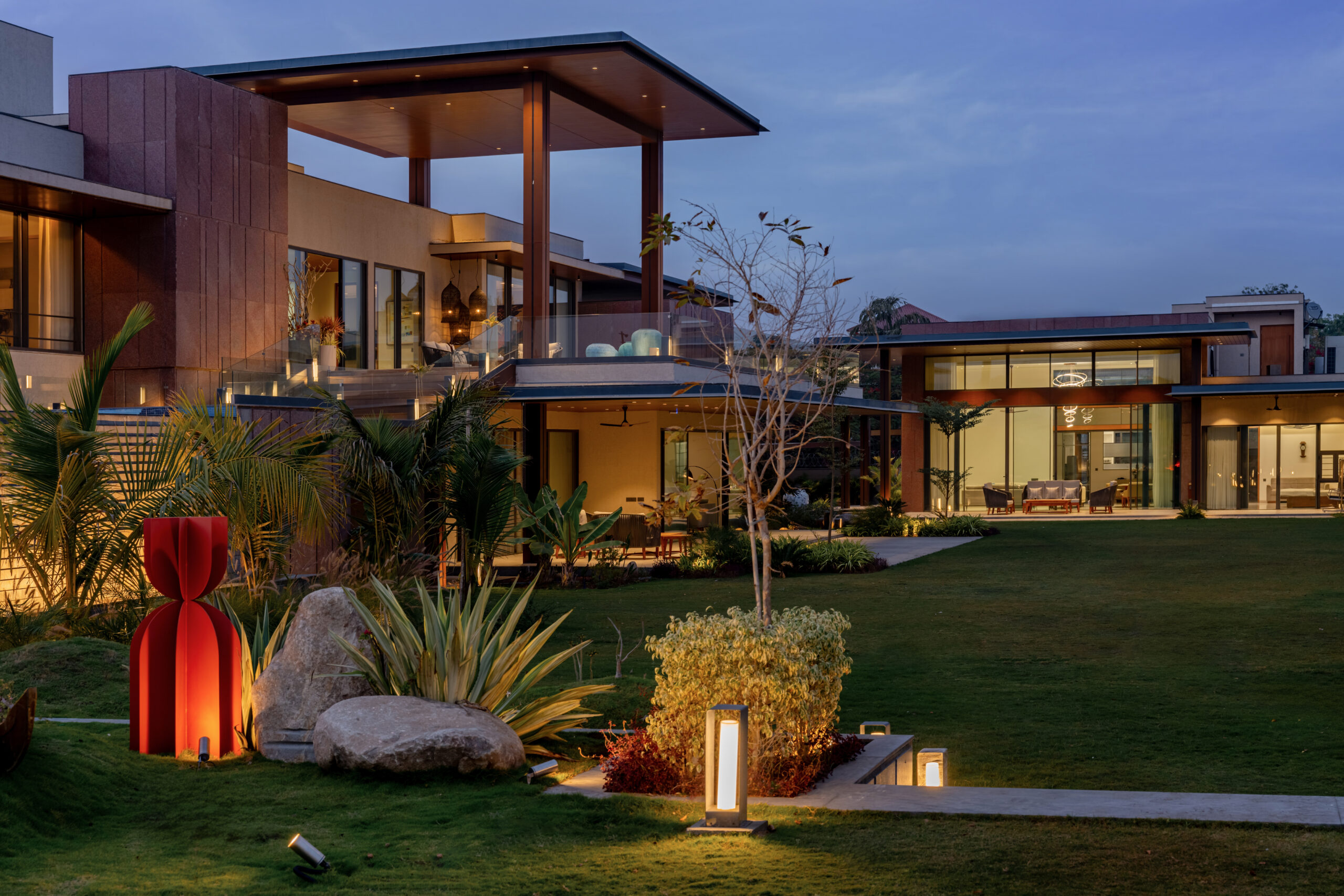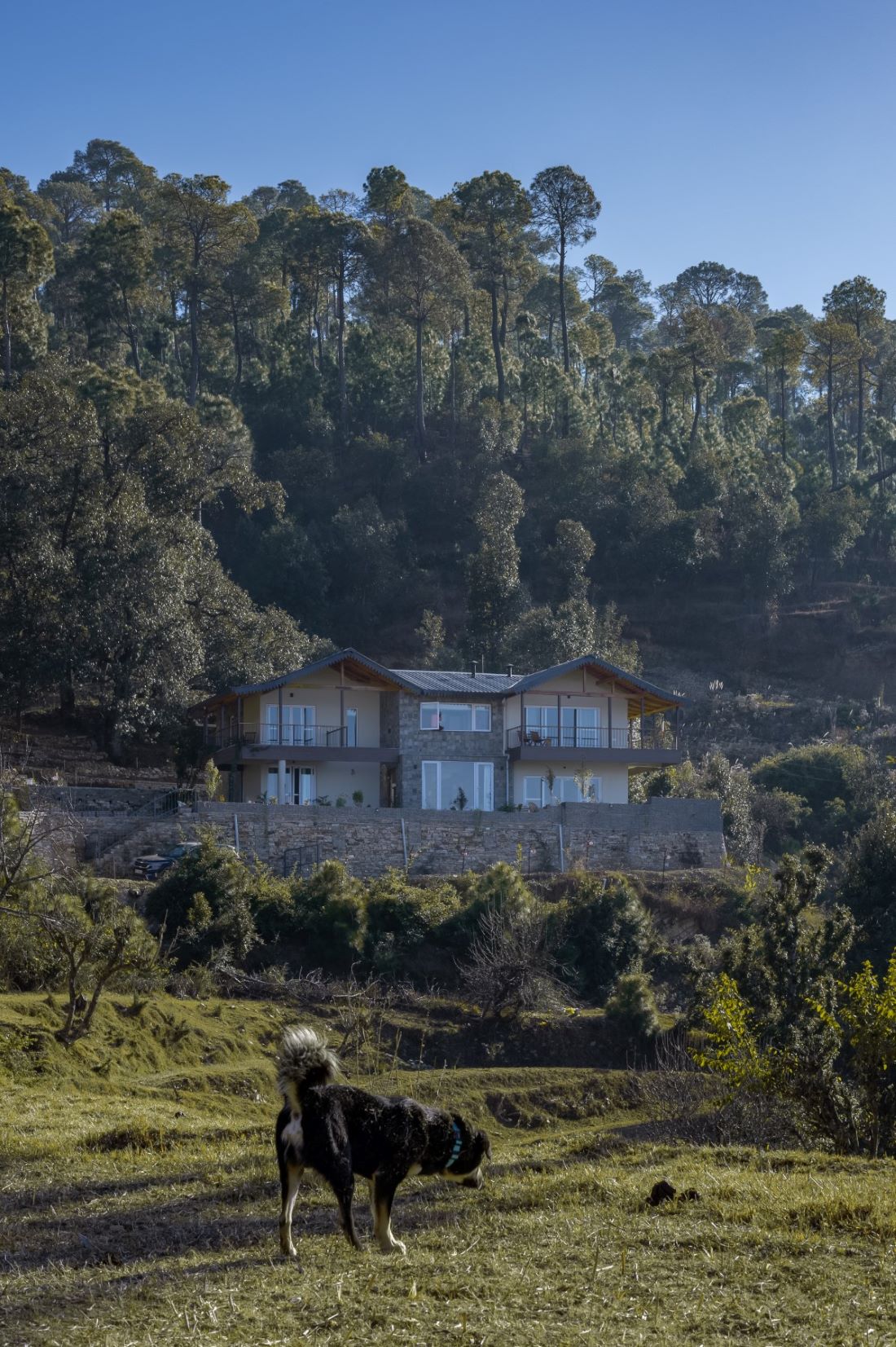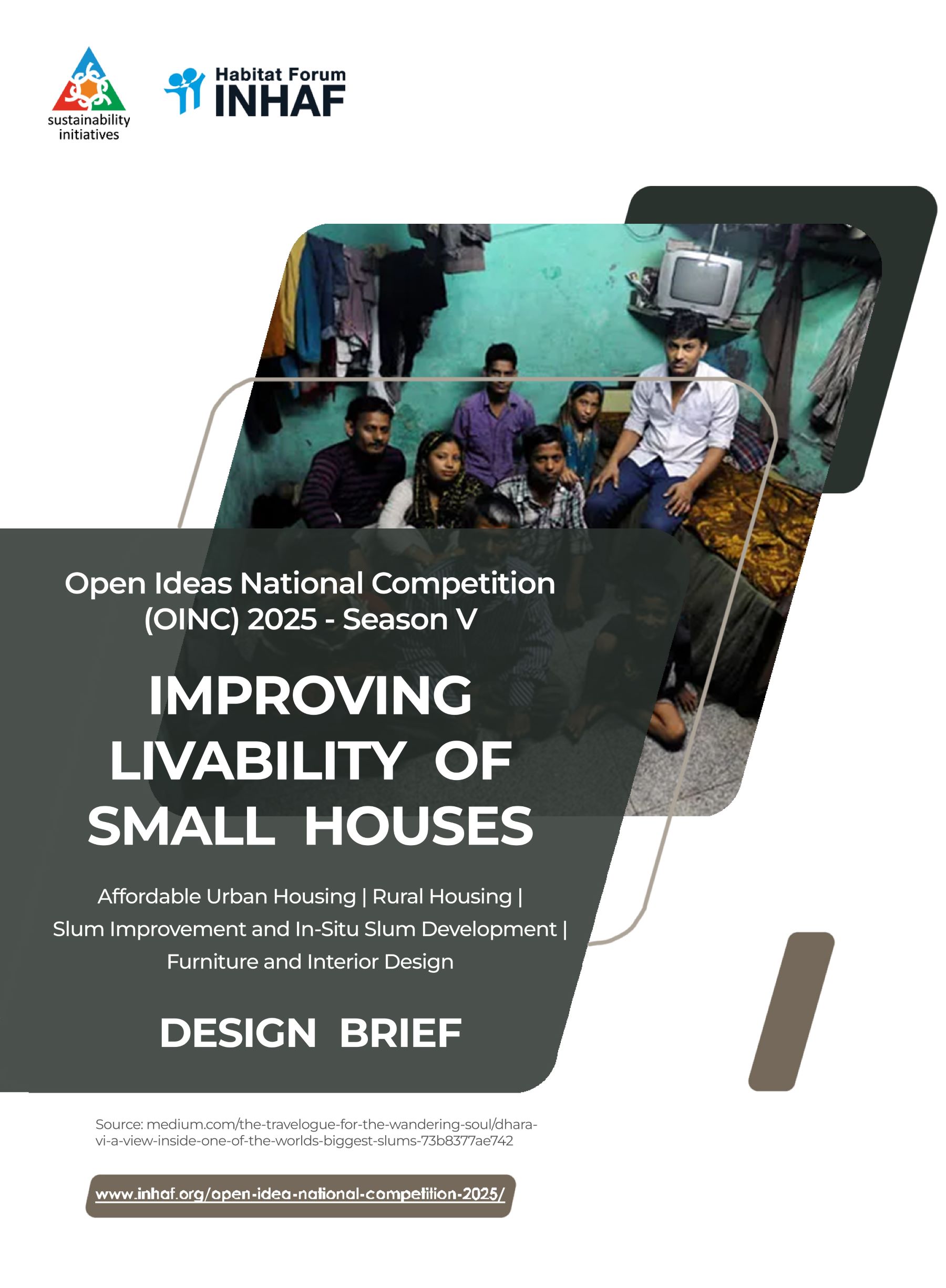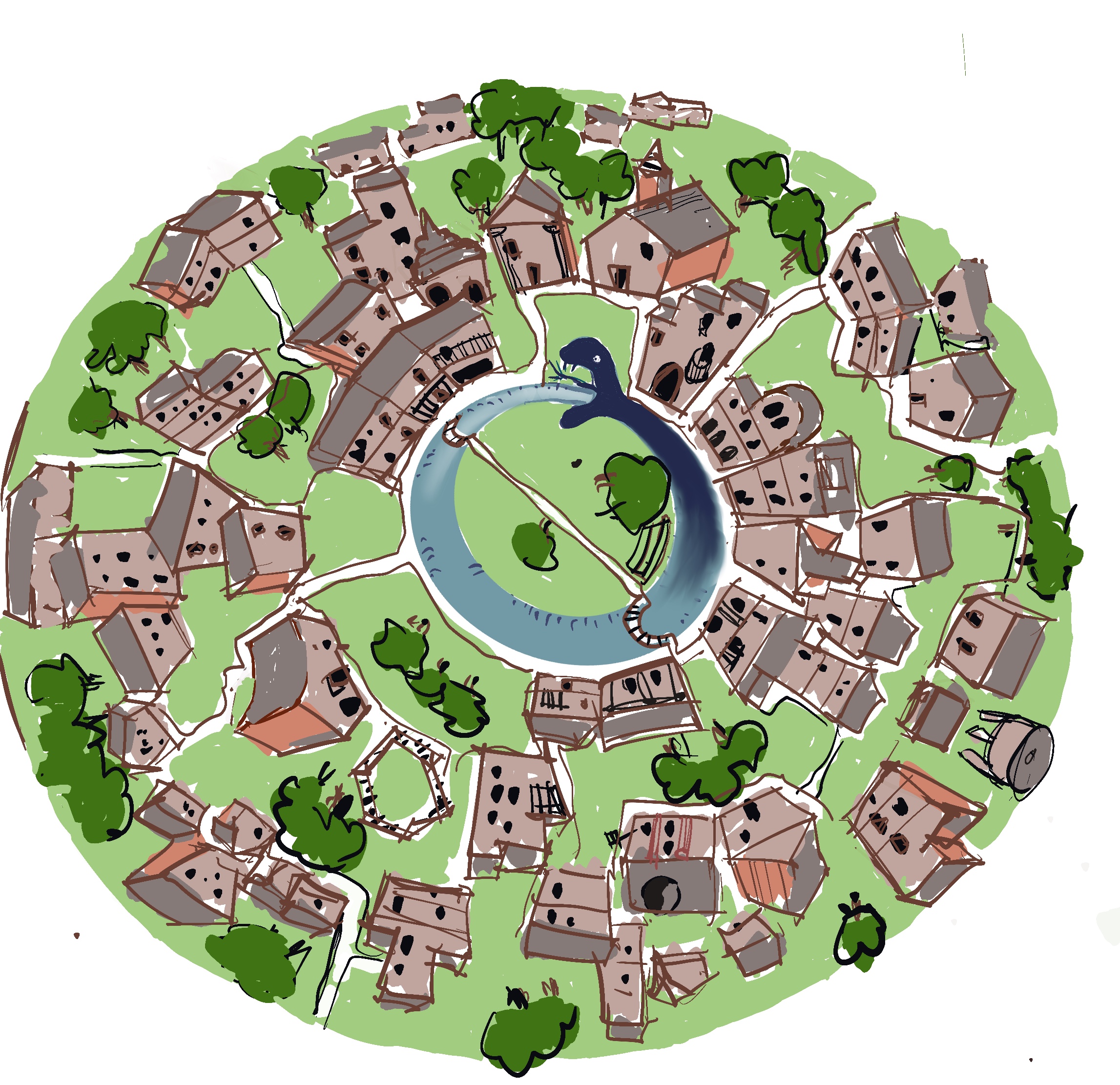Build your architecture from what is beneath your feet – this one belief of the renowned Egyptian architect Hassan Fathy goes and hits the soul of ‘vernacular architecture’ – a term I am told was coined by architect Bernard Rodosky. Yes, when this terminology came into use in the last century, it definitely represented an architecture which had a people’s participation in designing to their context of geography, economics, tradition, culture, and comfort – but most importantly, also emotive to their visual aesthetic preferences. Local technologies and materials were the obvious choices. African vernacular architecture portrays the earthy relatedness of human dwellings and nature. So do Indian, European, Chinese, Egyptian and others – they depict the organic growth environment of those days.


The evolving saga and tussle in architecture between those with strong urges to cling to the past and those pushing for a contemporary vocabulary is exciting, dramatic and pluralistic. No doubt we have come a long way now with mega transformations in human needs, desires, functionality, aesthetic values, socio-economic status and other such factors. The feverish change came after the industrial age with rapid strides in the availability of modern technology and new building materials. Since then, there has been no looking back. And yet, if keenly observed, every country’s architecture and urban planning patterns project the architect’s and planners’ instinctive pulses to find that soothing and tender balance in carrying forward the vernacular roots to aid contemporary design requirements and address the present alarming issues of climate change, pollution, depletion of energy resources, etc. Japanese Master architect Tadao Ando’s observation fortifies this crusade,
When you look at traditional architecture, you have to look at Japanese culture and its relationship with nature. You can actually live in harmony, close contact with nature- this is very unique to Japan.
Tadao Ando
Yes, along with its towering contemporary skyscrapers in the metro cities, Japanese architects have been equally sensitive to continue evolving their architecture with traditional elements from the past that they connect with emotionally and functionally.


Pritzker Architecture Prize laureate 2022 – architect Diébédo Francis Kéré is a crusader in redefining the vernacular in the given context. Their design approach as they describe it, articulately provides positive future directions when vernacular becomes integral while providing a modern design solution.
Our approach is local and participatory, learning from and responding to each project’s context and placing the project’s user at the center of the design process. With this holistic vision favoring local and environmentally sustainable resources, we have explored new ways of transforming materials with a careful study of local knowledge.
Diébédo Francis Kéré
With a majority of the African population still living in rural areas, the modern vernacular here has evolved and refined considerably to cater to the comfort and aesthetics cherished by society.


The stem of twenty-first-century urban architecture no doubt is rooted in fast-paced technological developments. The Indian context is rather unique with a strong heritage of thousands of years. Masters such as Laurie Baker, Didi Contractor, Anil Laul, Ashok Lal and others – all have contributed with a focus to encourage alternate technologies to be incorporated into construction and design. Along with global trends being inspirational, the Indian architect has the opportunity to fall back on well-embedded regionalism and cultural traditions translated through design elements. Coupled with this approach, there appears an increasing sensitivity to addressing modern-day environmental dilemmas. Architect and academician Habeeb Khan, former Chairman of the Council of Architecture, India, and a strong proponent of the modern vernacular, some time ago put across his views very forcibly in an interview.
Honestly speaking, there’s no other option for us Indian architects. If we don’t imbibe it we will be doomed. We are already on the road which has destroyed and killed architecture, cities and people in the so-called developed world. Contemporary vernacular will make us and our society wise again.
Habeeb Khan


The architecture in Vietnam is another example of designers and architects of a country making a concerted effort to imbibe the vibrancy in their vernacular to the present development process. Noted Vietnamese architect Vo Trong Nghia had once put it very pungently, “I think bamboo and laminated bamboo will replace other materials and become the ‘green steel of the 21st century. I hope many architects realize the potential of the material and build with bamboo more and more.” There is evident a restlessness amongst the professionals here to bring to the forefront the environmentally responsible and pragmatic elements of so many years of vernacular design evolutions to be applied for modern sustainable construction and lifestyle. The effort is to represent their own cultural identity in the urban growth process.


One can say with great confidence that while traditional materials like brick, stone, lime, wood, etc. will always enjoy that seat of pride in the profession, the modern vernacular idiom is experimenting with them in conjunction with contemporary materials utilizing time-tested design methodologies in making nature, light, water and ventilation a flowing part of the interior architecture. And doing so, the cultural pulse in architecture is also getting kindled further. A chat with a young architect the other day gave me insights into how the younger generation in the profession feels about vernacular architecture.
My focus is to interpret the vernacular for the present context. The whole process in architecture for me is to learn from the past, and then embody the relevant for the present lifestyle, needs, aesthetics while respecting society’s ethos. Uncontextualized global trends don’t stand the test of time and often result in soulless architecture.
A young architect in conversation with Suneet


Just as we find at one level a strong thrust to develop high-technology driven urbanism like the ambitious urban design plan of ‘The Line’ in Saudi Arabia, there is an equally strong surge towards developing our built environment with a belief as concisely put across by the late Indian Pritzker awardee architect BV Doshi,
Design is nothing but a humble understanding of materials, a natural instinct for solutions and respect for nature.
BV Doshi
The twenty-first-century professional and society are progressive ones inclined towards applying holistic diaphragms and filters in shaping our future architectural and environmental landscape.
Let the story unfold…


